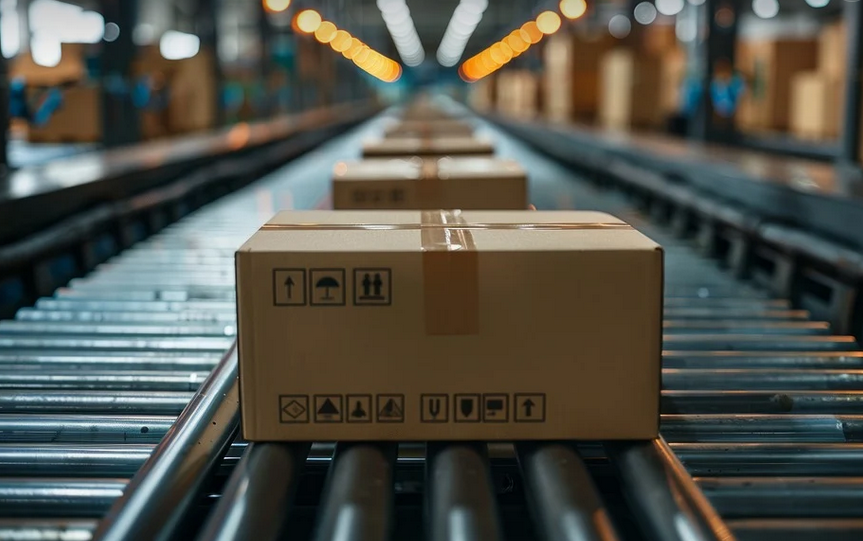Sustainability Plan For Business: A Practical Guide

Setting the Stage: Why Sustainability Matters
Sustainability is no longer a buzzword; it’s a necessity for businesses aiming to thrive in the 21st century. Gone are the days when environmental concerns were simply an afterthought. Today, conscious consumers and regulators demand ethical practices, forcing companies to re-evaluate their legacy of resource consumption and environmental impact.
Think about it: our planet’s resources are finite, and climate change is a serious threat. Businesses contribute significantly to these issues, but they also play a vital role in shaping a more sustainable future. Embracing sustainable practices not only aligns with the growing expectations of customers and investors; it also strengthens your brand, builds trust, fosters employee engagement, and potentially unlocks new revenue streams.
Crafting Your Sustainable Business Plan
A successful sustainability plan for your business starts with a clear vision and a well-defined roadmap. This plan should not just be an initiative but rather a core part of your long-term strategy. It’s about more than just checking boxes; it’s about aligning your business goals with environmental and social responsibilities.
Here’s a framework to guide your plan:
- Assess Current Practices: Start by honestly evaluating your company’s current practices. Identify areas where you are already making positive strides, like reducing waste or sourcing locally.
- Define Your Goals and Objectives: What specific environmental or social goals do you want to achieve? Are you aiming for net-zero emissions, water conservation, ethical supply chains, improved employee wellbeing, or something else entirely?
- Set Measurable Targets: Define quantifiable targets to track your progress. These targets should be ambitious yet achievable, and they provide clear benchmarks for success.
- Develop a Roadmap: Outline a prioritized list of projects and initiatives that will contribute to your sustainability goals. Each project should have specific timelines, responsibilities, and milestones.
- Incorporate Sustainability into Your Operations: Think about how you can integrate sustainability principles throughout your entire business. This might involve sourcing sustainably produced materials, reducing energy consumption, or implementing better waste management practices.
Implementing Sustainable Practices
Turning your plan into action requires a dedicated team and a systematic approach.
Here’s how to implement sustainable practices across different areas of your business:
**1. Supply Chain Optimization:** Work with suppliers who share your values and prioritize sustainability in their operations. Consider incorporating “social responsibility” criteria into supplier selection processes. **2. Energy Efficiency:** Explore ways to reduce energy consumption, like switching to renewable sources for electricity, investing in energy-efficient equipment, and optimizing lighting and HVAC systems.
**3. Waste Management:** Reduce waste generation at the source by implementing efficient resource management strategies. Explore options like composting, recycling programs, and upcycling initiatives.
**4. Water Conservation:** Implement water-saving practices across your operations, such as low-flow fixtures, rainwater harvesting, and drought-resistant landscaping. **5. Community Engagement:** Partner with local organizations to contribute to environmental cause and support community development projects. Consider sponsoring events that promote sustainability or donate resources to those in need.
Measuring Your Progress
Tracking your progress is crucial for measuring success and staying accountable. Set up a system for monitoring key performance indicators (KPIs) related to your sustainability goals:
- Carbon Footprint Reduction: Measure your energy consumption and greenhouse gas emissions, then set reduction targets.
- Water Consumption & Management: Monitor water usage across different departments, track recycling rates, and measure the effectiveness of conservation efforts.
- Waste Reduction and Recycling Rates: Track waste generated daily or monthly and monitor the percentage of materials recycled or composted.
The Power of Collaboration
Sustainability is a team effort. Collaborate with your employees, customers, suppliers, and partners to amplify your impact. Encourage employee engagement through initiatives like “green challenges” or sustainability workshops. Transparency in reporting on your progress fosters trust with stakeholders.


